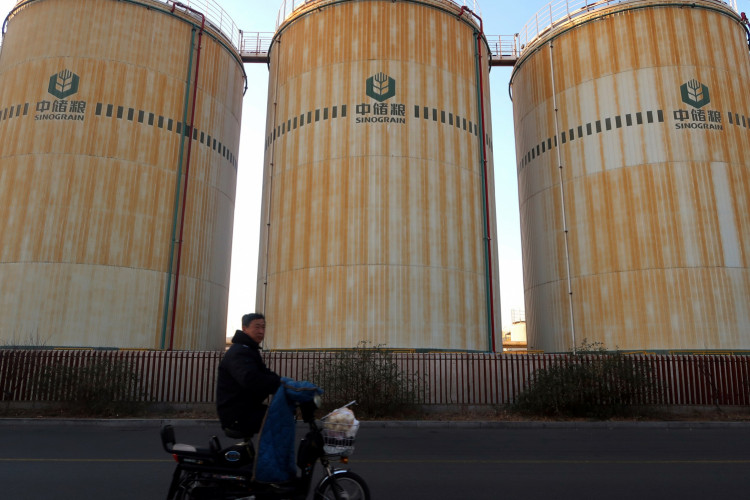In what could be a great start in China's bid to help bolster the economy, the central bank on Wednesday injected over 800 billion yuan or $115 billion to the financial sector. The stimulus was implemented by reducing reserves.
According to China Daily, the central bank noted that the move of reducing the cash reserves financial institutions have should help retain "reasonably ample" liquidity for the real economy.
Furthermore, it is expected that the reduction of bank reserves will help lower financing costs for institutions and the central bank alike. Starting Monday, the reserve ratio requirement for financial institutions will be cut by 0.5 percentage points.
This is the ninth time since early 2018 that the Chinese central bank cut the reserve ratio. While the move may be a surprise to some, the bank noted that after the latest cut, the reserve ratio will sit at a range of between six percent to 12.5 percent. Bigger banks will be at the higher end of the reserve ratio range.
Economists have projected that banks with a central focus on lending to small businesses may receive over 120 billion yuan from the reserve cut as part of the central bank's efforts in encouraging commercial financial institutions to make use of the fund.
China has been encouraging assistance for private firms, micro, and small to help bolster economic growth by stimulating the overall financial sector.
Senior economist at Postal Savings Bank of China, Lou Feipeng, noted that the cut in reserves "is a countercyclical measure to stabilize growth and a reflection of the flexibility of monetary policy."
The move came after the latest data revealed that economic growth slowed down during the second year of the China-U.S. trade war. Both countries saw a slump in manufacturing as the global economy was impacted by tariffs.
According to CNBC, economic growth in both China and the U.S. slowed down in 2019. Exports and imports dropped in both nations as a trading activity also declined due to the tariffs that the economic giants slapped on the other.
The Institute for Supply Management also showed in its latest data that factory activity has been shrinking for both Chinese and American manufacturing plants since August. On the other hand, retail sales saw stability, raising hopes for better waves of development in 2020.
China and the U.S. are expected to sign phase one of the countries' trade agreement sometime this week. It remains to be seen whether the nations will finally have a more standardized set of trading systems that will benefit both sides equally.






